Away from Machu Picchu: Peru’s other archaeological wonders
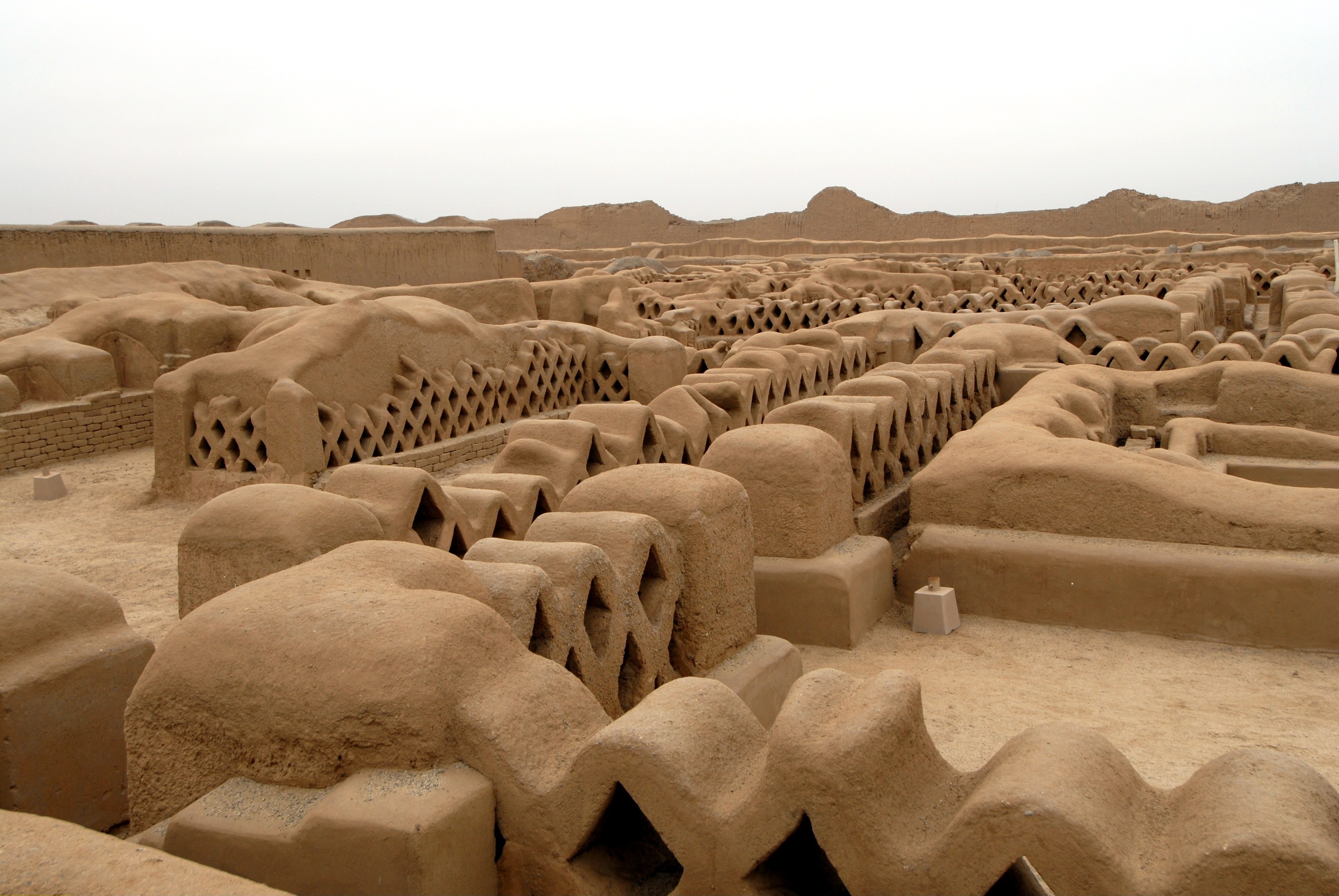
Journey Latin America has been creating tailor-made holidays and escorted group tours to Central and South America since 1980. Product Manager Isabelle Mazille reveals her five favourite Peruvian archaeological sites that aren’t Machu Picchu.
A trip to Machu Picchu is a wonderful and memorable experience but for those who dig a little deeper and search beyond the jewel in Peru’s archaeological crown, there are ruins, treasures and stories whose origins stretch much farther back in time, just waiting to be discovered.
Little-visited northern Peru is where many of these can be found: with fewer visitors than its southern counterpart, the region’s archaeological ruins seem deserted by comparison and a visit to the north should not miss out these lesser-known sites:
The Week
Escape your echo chamber. Get the facts behind the news, plus analysis from multiple perspectives.

Sign up for The Week's Free Newsletters
From our morning news briefing to a weekly Good News Newsletter, get the best of The Week delivered directly to your inbox.
From our morning news briefing to a weekly Good News Newsletter, get the best of The Week delivered directly to your inbox.
Caral
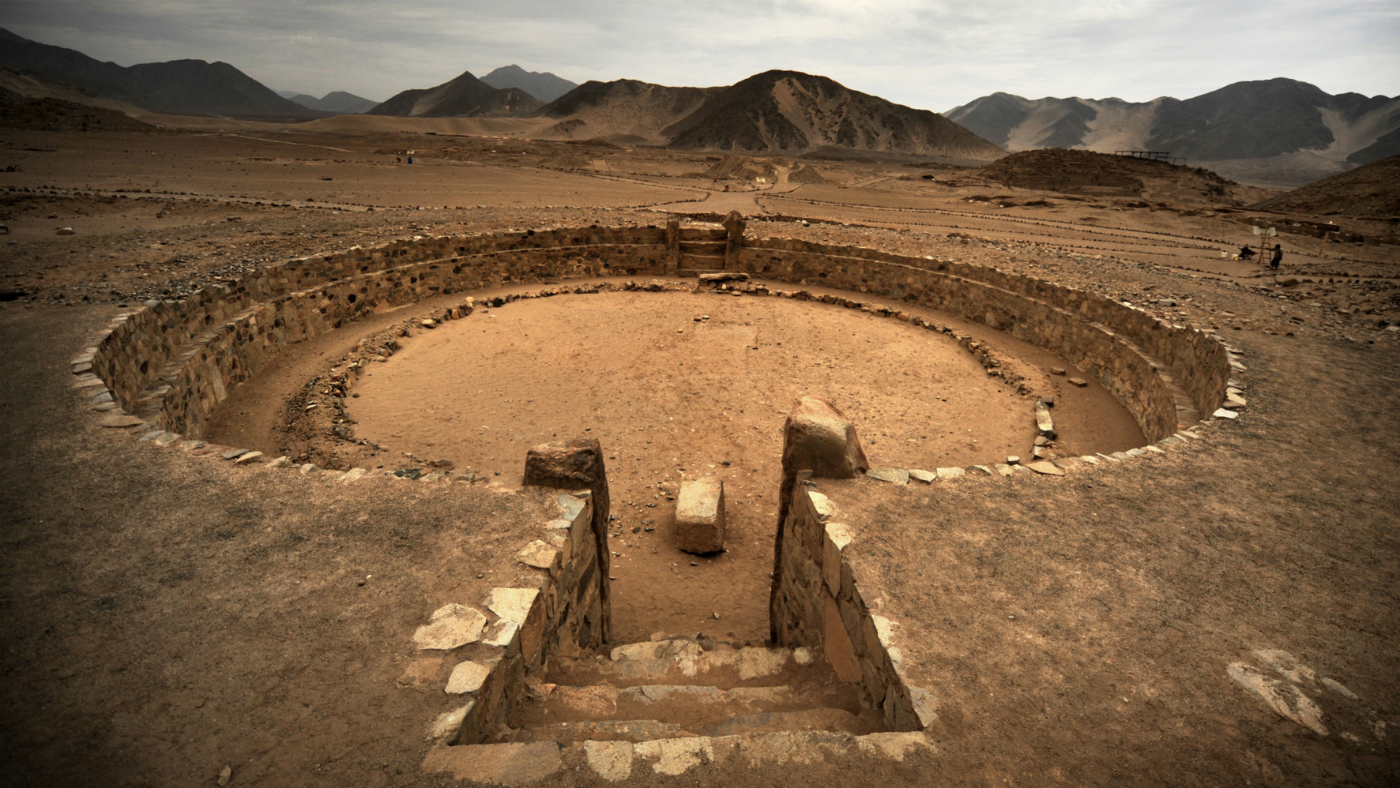
Dating from 2600BC, Caral is considered to be the earliest urban settlement in the Americas. The sprawling pyramid complex is located in the Supe Valley 200km north of Lima and was an important urban centre for the Norte Chico civilisation, which thrived until its decline from around 1800 BC.
The people of Caral were numerous (approximately 3,000-strong) making it a bustling metropolis for the time and, with no evidence of warfare, they are believed to have been an industrious, peace-loving society. The 60-hectare site comprises temples, sunken plazas and terraced pyramids, the largest and most impressive of which is the Templo Mayor at 28 metres high and 150 metres wide.
Despite these architectural feats, ultimately the people of Caral appear to have surrendered to the harsh, arid landscape and headed for more fertile land in the Andes where they successfully exploited their knowledge of irrigation. These practices trickled on down to the next great culture, 1,000 years later – Chavín.
A free daily email with the biggest news stories of the day – and the best features from TheWeek.com
Chavín
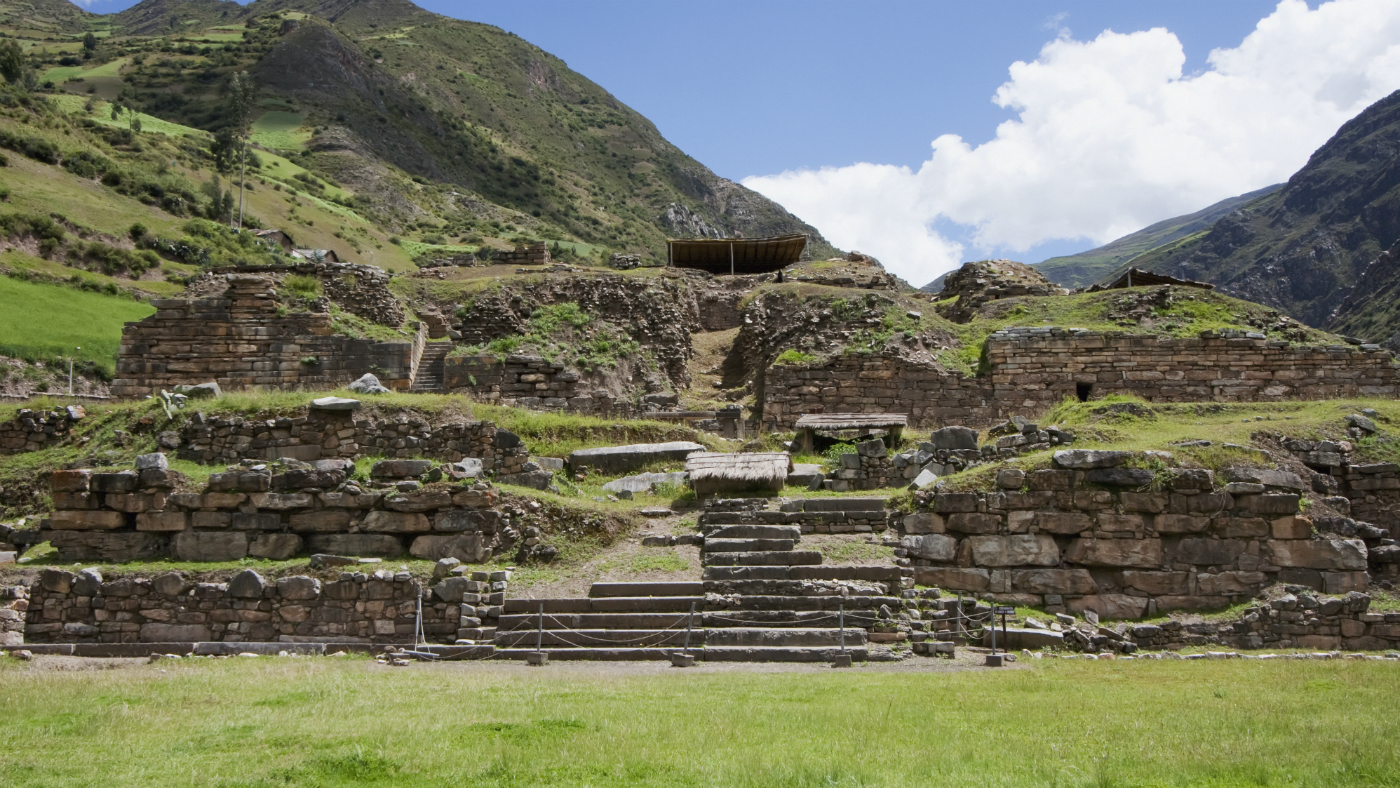
Nestled deep in the Andes, a 3-hour drive away from the nearest city of Huaraz, is the Unesco World Heritage Site of Chavín. Considered to be one of the major Peruvian cultures, Chavín’s influence was felt from 900BC to AD200.
The site itself was built around 800BC as a political and religious centre where ceremonial rituals are believed to have taken place. It is thought that, as part of the initiation ceremony, would-be shamans ingested psychotropic drugs before running through the temple’s underground tunnel system to a soundtrack of thundering water, which supposedly imitated the roar of a jaguar – a sacred creature to the Chavín.
The thundering water would have been produced by the sophisticated drainage and canal system that the Chavín engineered to cope with the hardship of the Andean rainy season.
As well as impressive underground tunnels and irrigation techniques, Chavín is significant for its art: symmetry, dualism, and anthropomorphic carvings have remained important artistic features for subsequent Andean cultures and can still be seen today.
Chan Chan
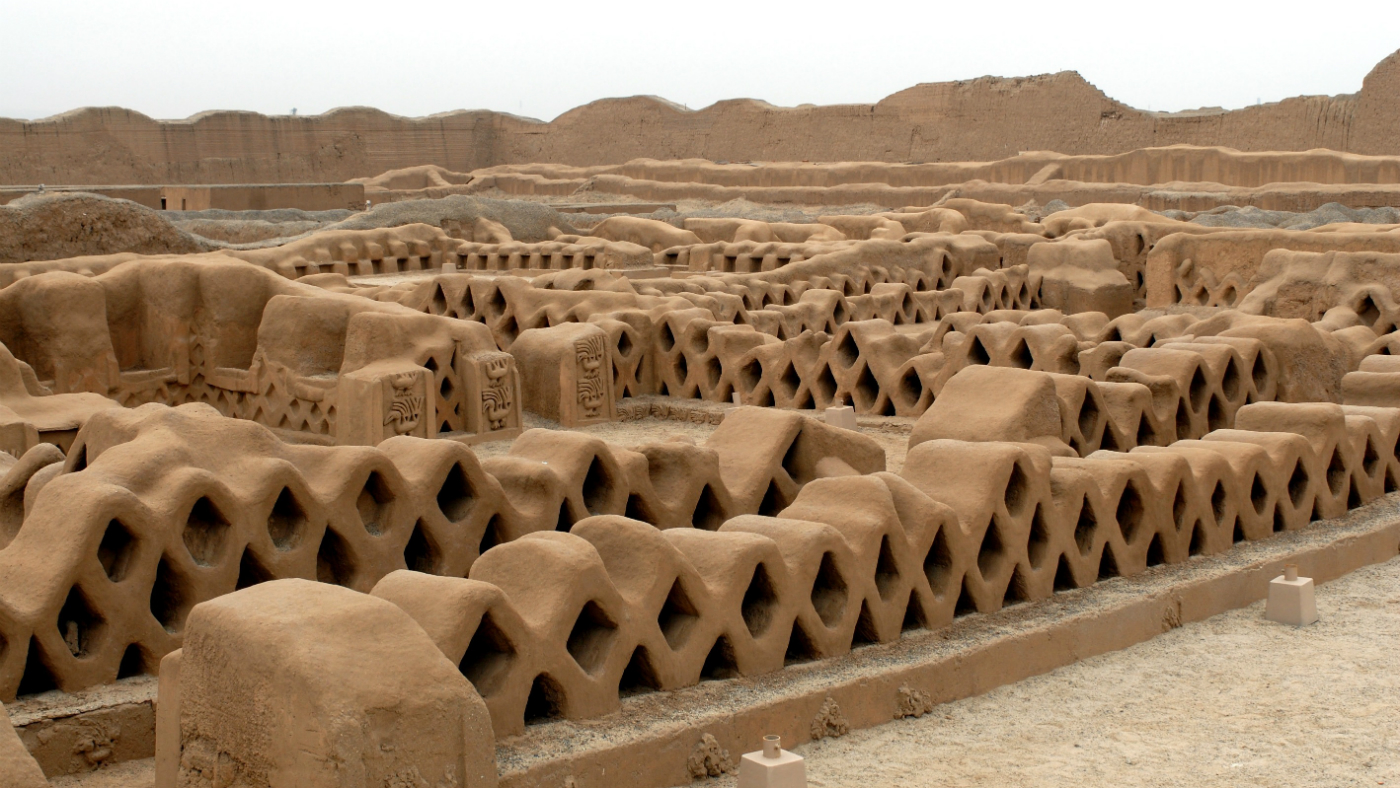
On the Pacific coast of northern Peru lies a city made of golden sand. Chan Chan is the largest adobe structure in the world and was the political centre for the Chimú people who inhabited Peru’s littoral from approximately AD900 to AD1470 when they were conquered by the Incas.
A maze of melting mud, the complex is made up of passageways, plazas and reservoirs, which are adorned with geometrical carvings depicting pelicans, fishing nets and waves – all signs of the Chimú’s close relationship with the sea. It is this maritime culture, as well as its unusual adobe design, that makes Chan Chan unique amongst Peru’s archaeological sites.
While generally a dry region, heavy rains brought in by the El Niño phenomenon have eroded Chan Chan’s structures over the years and made it difficult to protect the site and its future: all the more reason to visit now and discover this giant, labyrinthine sandcastle by the sea.
Kuelap
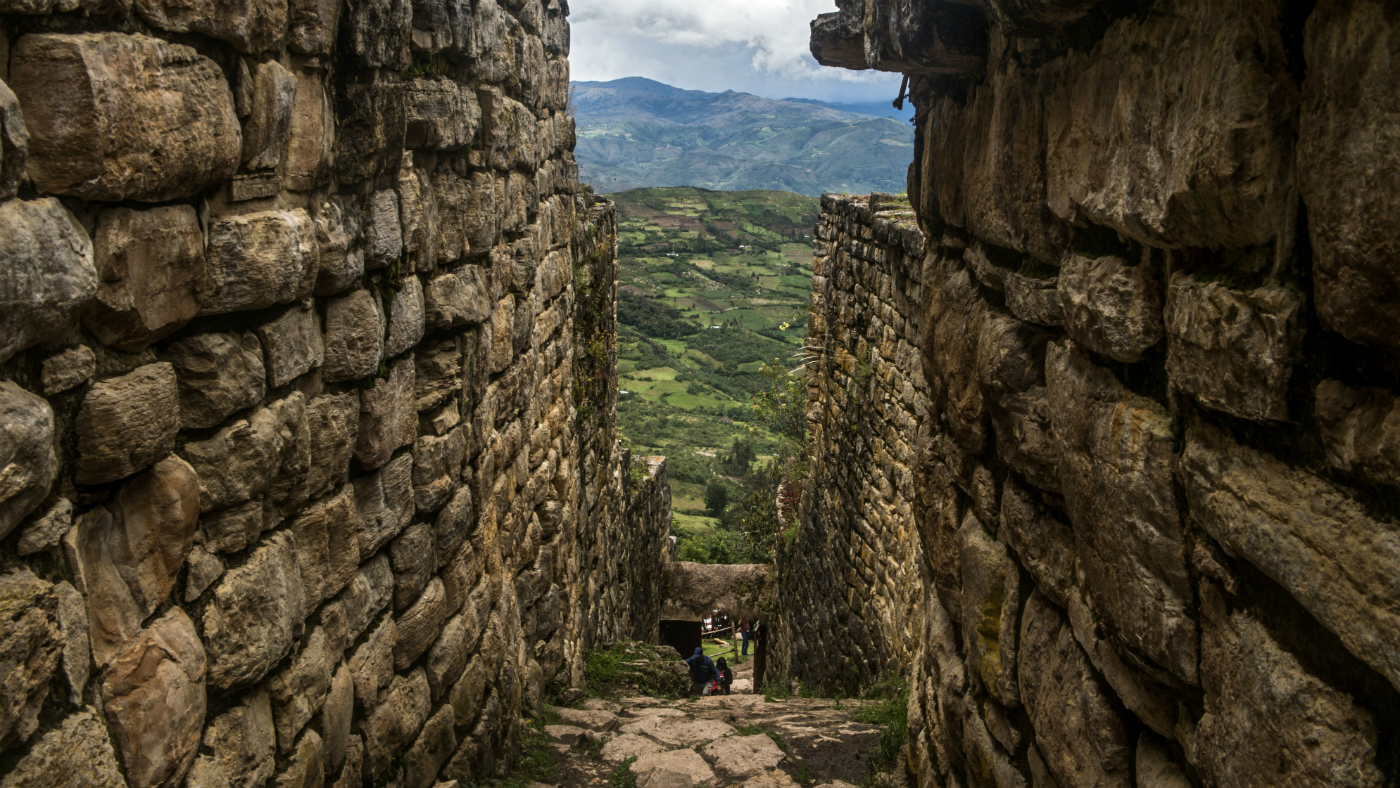
Perching atop a hill and overlooking the Utcubamba Valley in northern Peru, the walled city of Kuelap was built in the 6th century AD by the Chachapoyas, a culture whose influence was so significant and enduring that the entire region was named after them.
An enormous structure, 600 metres in length and with 19-metre high walls, the effort required to build such a city, and 3,000 metres above sea level no less, would have been immense. Its imposing walls are ruptured by a steep staircase which leads up to the city within where remnants of roundhouses have surrendered themselves to the overpowering vegetation. Lichen, moss and bromeliads smother the remains creating an atmosphere of quiet reverence.
A far cry from the manicured lawns of Machu Picchu, Kuelap’s charm lies in its abandonment: trees grow in and around crumbling ruins obscuring a view which, once reached, is spectacular, if a little cloudy. But then again, Chachapoyas literally means ‘People of the Clouds’.
Royal Tombs Museum and the Lord of Sipán
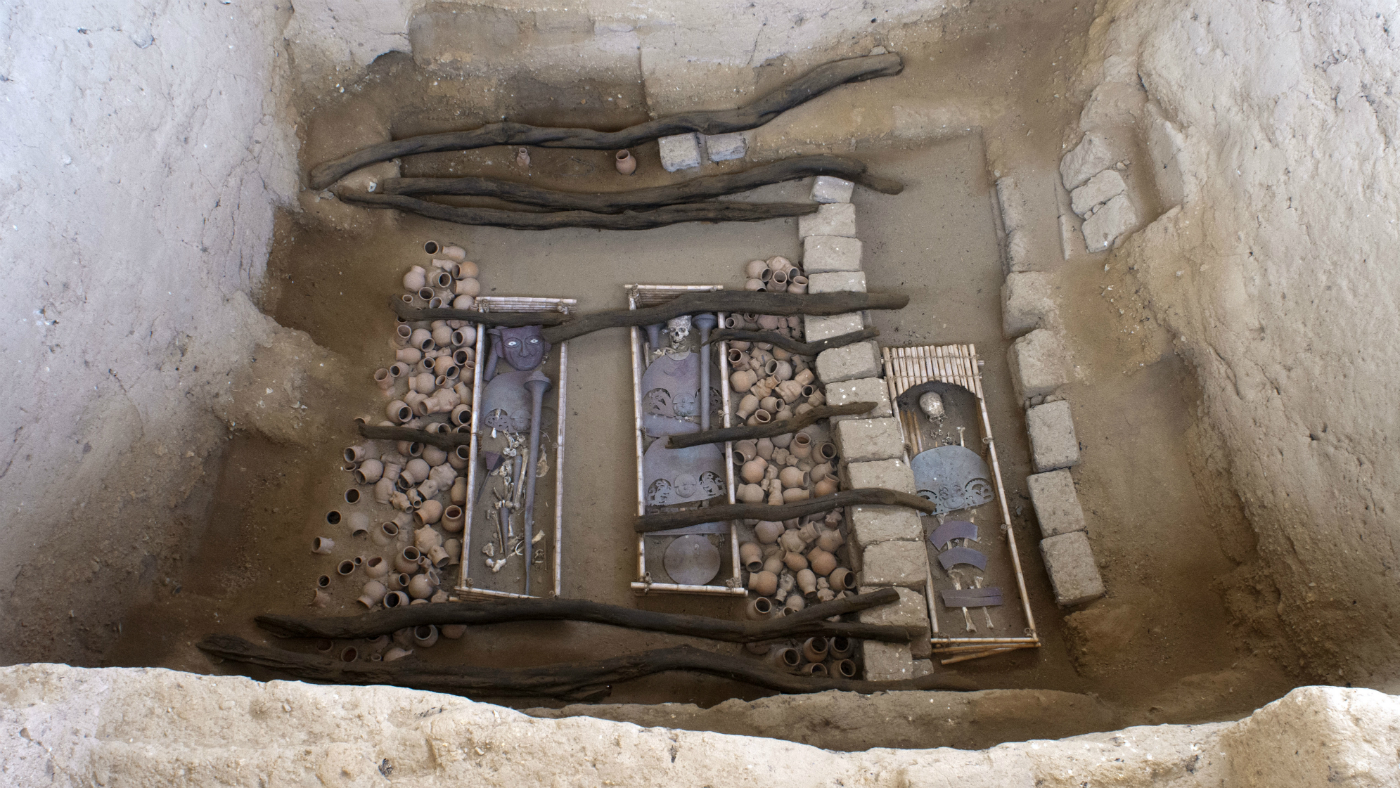
A veritable treasure trove of gold and silver and priceless artefacts, the Royal Tombs Museum near the northern city of Chiclayo must be one of the finest in Peru.
The site of Huaca Rajada (about an hour away) is where these treasures were discovered: the pyramids at Huaca Rajada held within them the remains of the Lord of Sipán, an important Moche leader who would have ruled at some point between AD300 and AD700.
As further layers of the pyramid were excavated, more mummified Moche leaders were uncovered, each in improving condition thanks to their protected position deep inside the pyramid. To give an idea of the significance of these rulers, the sheer abundance of riches buried with the Lord of Sipán and the Old Lord of Sipán to accompany them on their journey to the afterlife meant that the discovery was likened to that of Tutankhamun!
Inspired by the original pyramid, the Royal Tombs Museum’s design echoes the way in which the rulers were discovered: begin on the third floor and work your way back in time as you uncover the treasures of the Moche.
-
 A lemon-shaped exoplanet is squeezing what we know about planet formation
A lemon-shaped exoplanet is squeezing what we know about planet formationUnder the radar It may be made from a former star
-
 Political cartoons for January 4
Political cartoons for January 4Cartoons Sunday's political cartoons include a resolution to learn a new language, and new names in Hades and on battleships
-
 The ultimate films of 2025 by genre
The ultimate films of 2025 by genreThe Week Recommends From comedies to thrillers, documentaries to animations, 2025 featured some unforgettable film moments
-
 A beginner's guide to exploring the Amazon
A beginner's guide to exploring the AmazonThe Week Recommends Trek carefully — and respectfully — in the world's largest rainforest
-
 Raise your glass at these 7 hotel bars where the vibe is as important as the drinking
Raise your glass at these 7 hotel bars where the vibe is as important as the drinkingThe Week Recommends Have a pisco sour in Peru and a Bellini in Rome. Or maybe run into Bruno Mars in Vegas.
-
 Take advantage of sublime October weather at these 7 hotels
Take advantage of sublime October weather at these 7 hotelsThe Week Recommends Rain, snow and sleet will absolutely not be keeping you from your destination
-
 What to know when planning an awe-inspiring hike on the Inca Trail
What to know when planning an awe-inspiring hike on the Inca TrailThe Week Recommends Peru's most famous trail leads to Machu Picchu
-
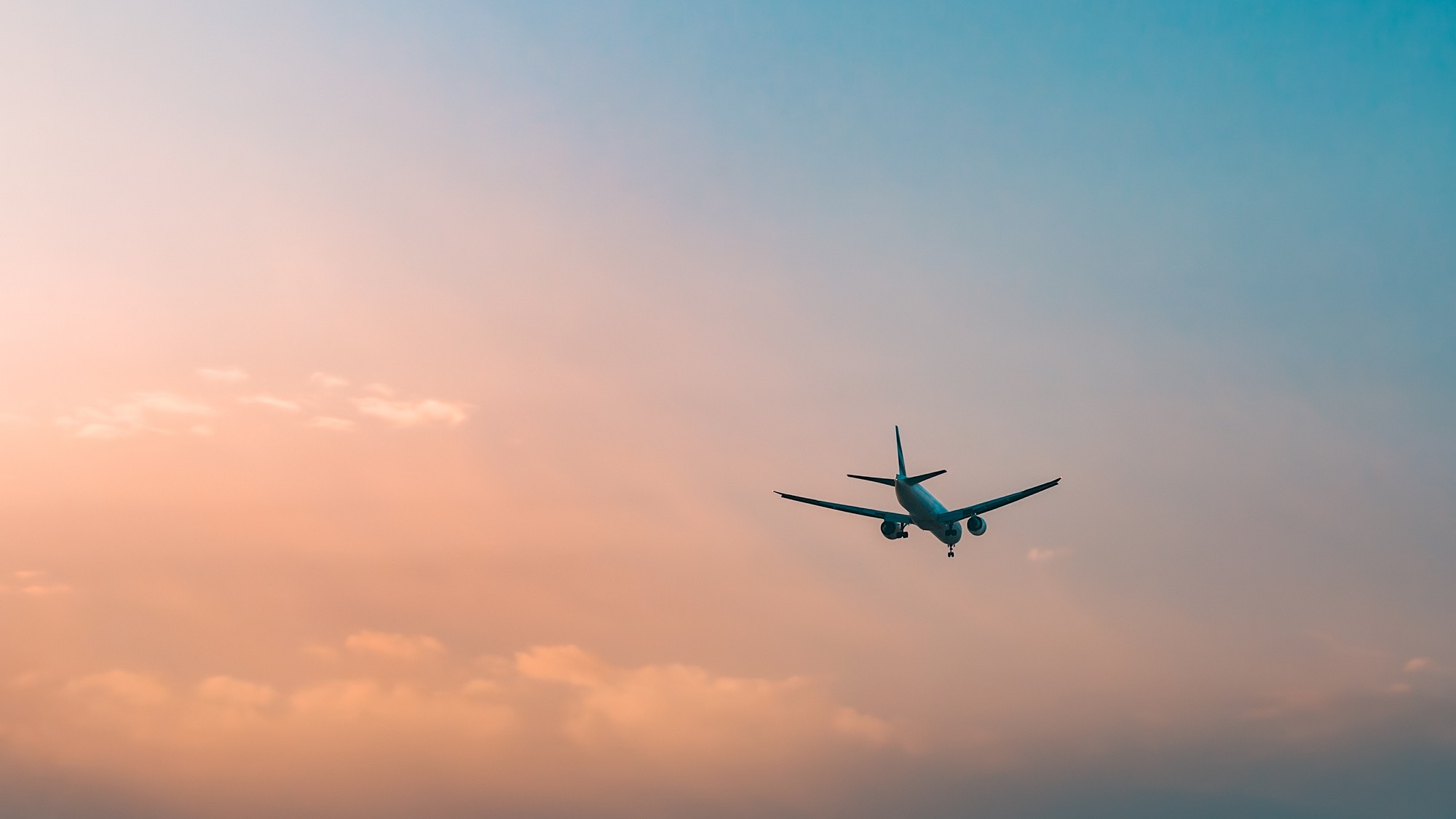 2023: the year of overtourism backlash
2023: the year of overtourism backlashThe Explainer People are traveling again … maybe too much
-
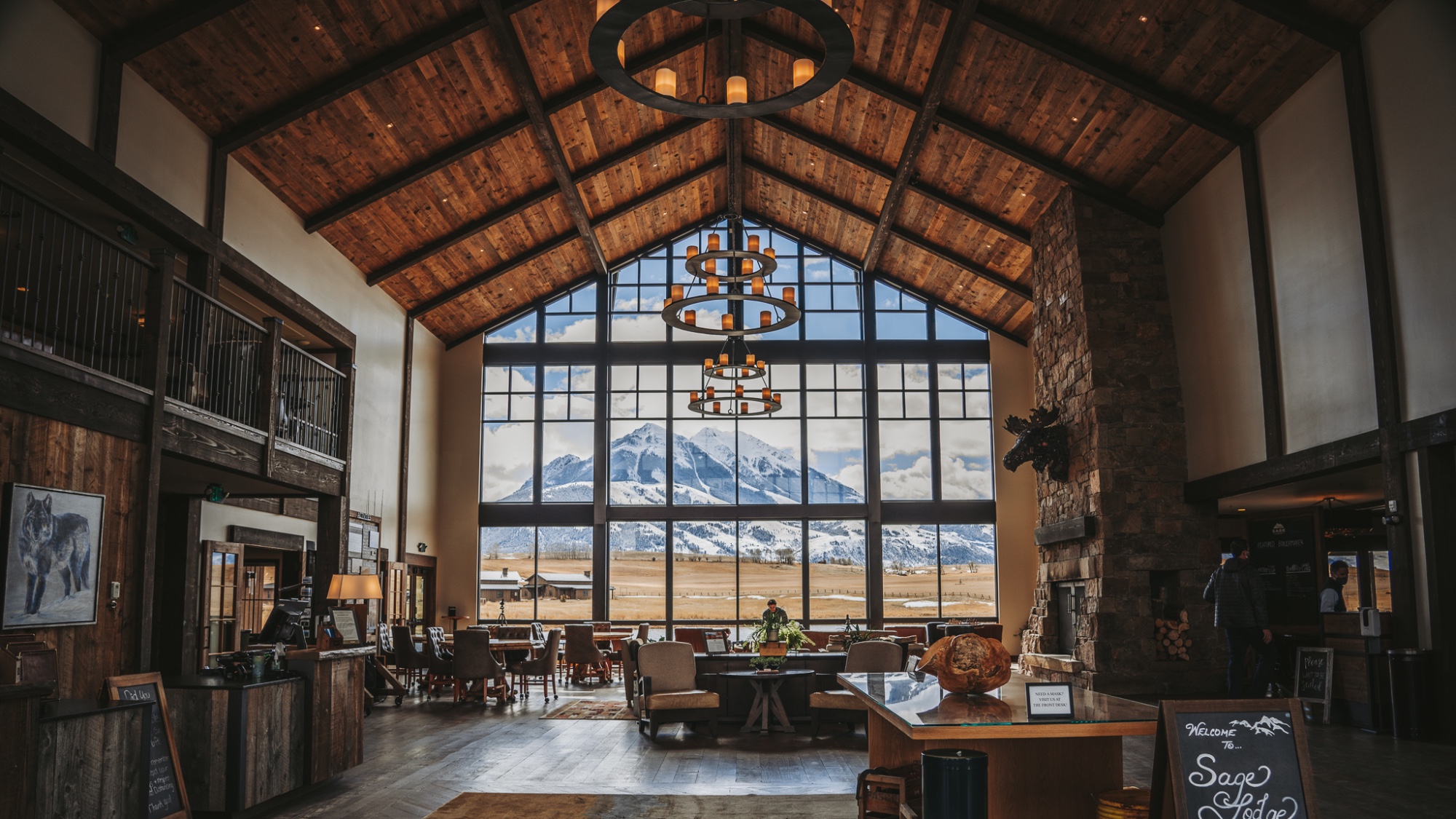 6 hotels to visit this fall
6 hotels to visit this fallThe Explainer Celebrate the start of a new season with a stay at one of these relaxing properties
-
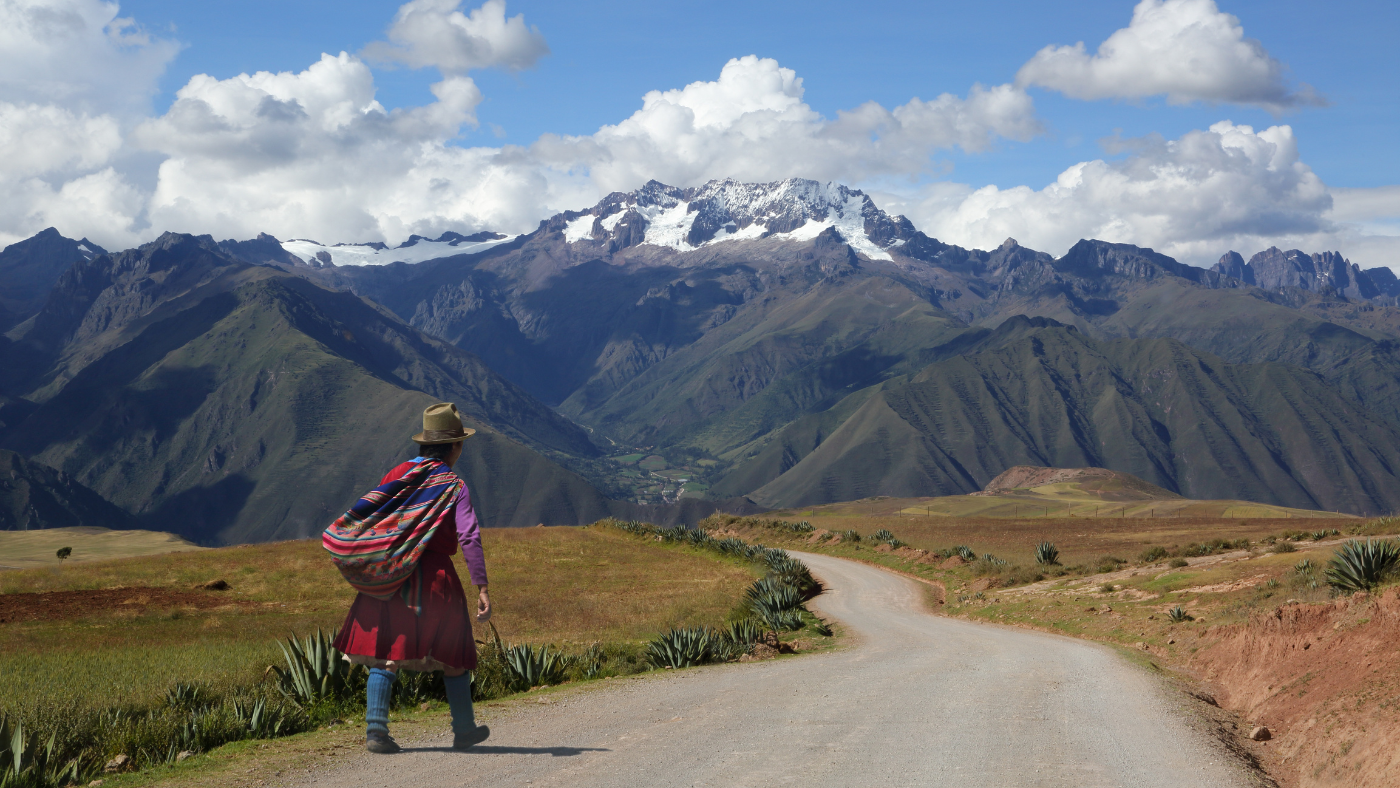 Fabulous foodie adventures in Peru, Japan and Australia
Fabulous foodie adventures in Peru, Japan and Australiafeature Featuring a Peruvian pilgrimage and foraging in the Volcanic Lakes and Plains
-
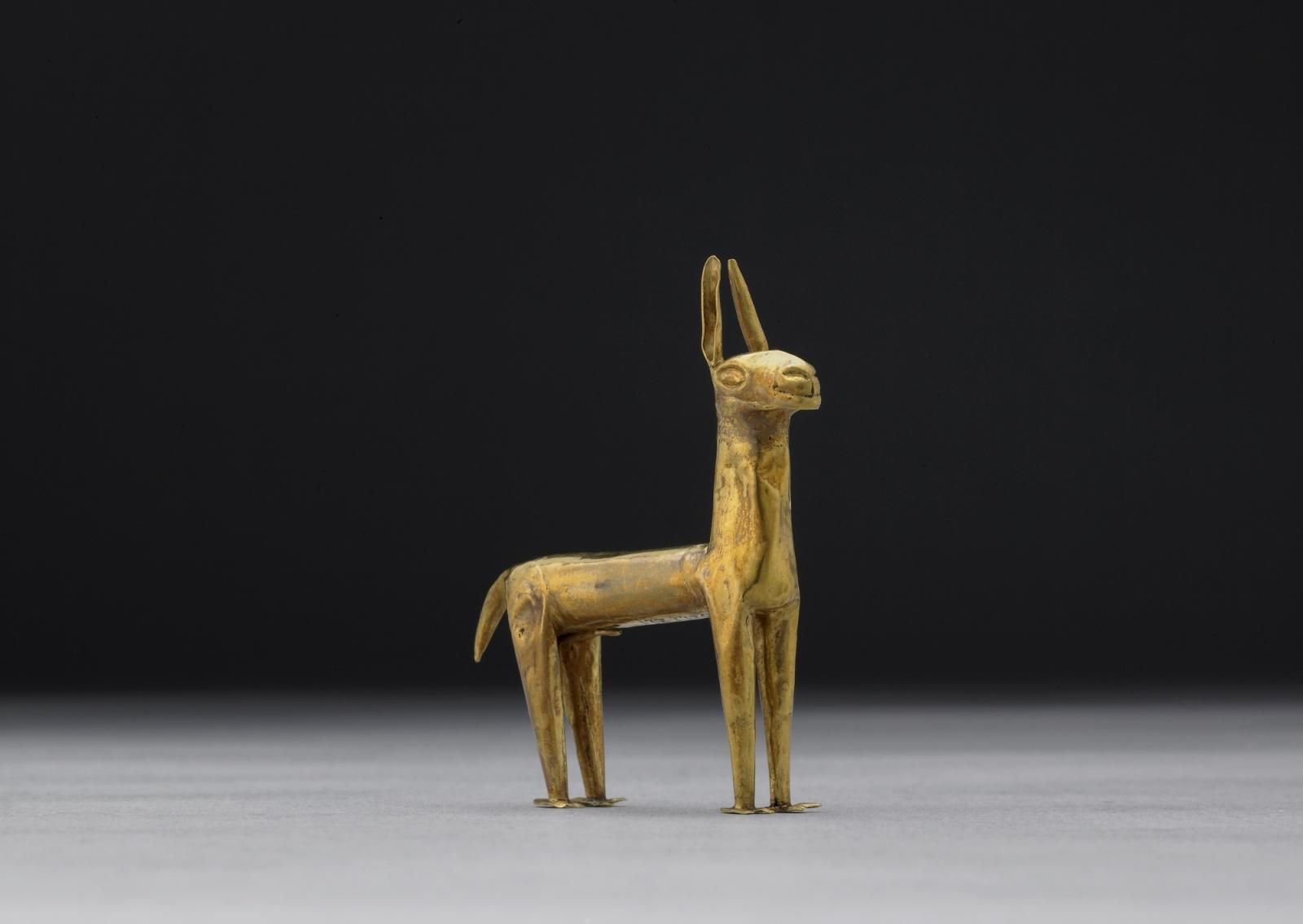 Peru: A Journey in Time at the British Museum – what the reviews say
Peru: A Journey in Time at the British Museum – what the reviews sayThe Week Recommends This is not a large show, but the exhibits – some on loan from Peru – are ‘exceptional’